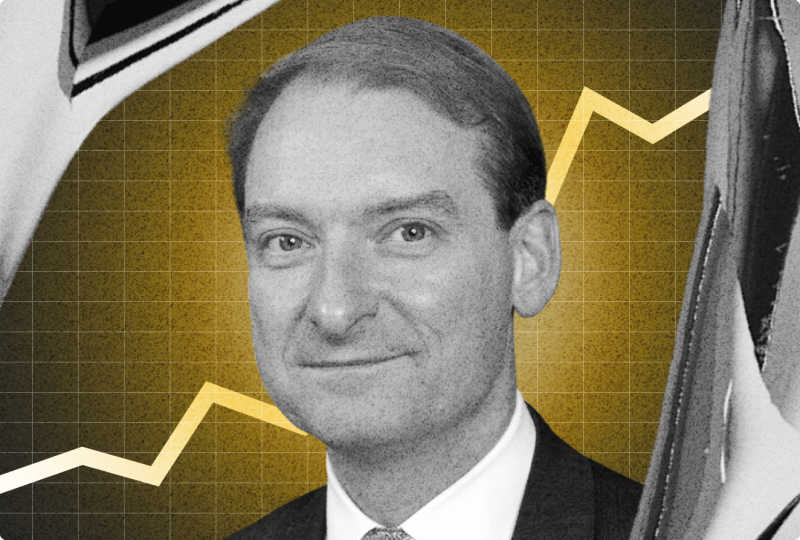In a pivotal moment for U.S. digital asset policy, newly appointed SEC Chair Paul Atkins announced plans to establish a “rational, coherent and principled approach” to regulating cryptocurrencies and blockchain-based assets. The statement, delivered during his swearing-in ceremony on Tuesday, signals a potential departure from the enforcement-heavy regime of his predecessor, Gary Gensler.
Atkins, who previously served as an SEC commissioner from 2002 to 2008, is widely regarded as a proponent of market-driven oversight and has been vocal about the importance of regulatory clarity in fostering innovation. His approach could represent a rebalancing of the SEC’s stance on digital assets, with a greater focus on formal rulemaking, stakeholder consultation, and technology-informed regulation.
A Break from the Gensler Doctrine
Under Gary Gensler, the SEC took an aggressive posture on crypto enforcement, initiating high-profile lawsuits against major industry players such as Ripple, Coinbase, and Binance. The agency’s rationale was rooted in the view that most crypto tokens fall under the definition of securities per the Howey Test — a legal standard derived from a 1946 Supreme Court case.
While Gensler’s approach emphasized investor protection, critics argued it created regulatory uncertainty, stifled legitimate innovation, and pushed Web3 development offshore.
“Atkins brings a more nuanced view of how capital formation works in a decentralized ecosystem,” said Katherine Liu, policy director at the Blockchain Policy Forum. “We expect to see a pivot toward tailored frameworks rather than forcing crypto to fit into outdated molds.”
Technical and Structural Implications
Atkins’ approach is likely to focus on three core areas of structural reform:
1. Token Classification Framework
One of the most pressing issues facing the industry is the lack of a clear framework to distinguish between different types of digital assets — such as utility tokens, payment tokens, and investment contracts. Atkins is expected to support efforts to build a taxonomy that reflects functional distinctions, possibly incorporating risk-based tiers similar to those proposed in the Lummis-Gillibrand crypto bill.
This could reduce reliance on the Howey Test as the sole standard, and instead introduce clearer, use-case-specific guidance.
2. Safe Harbors and Sandbox Models
To promote responsible innovation, Atkins may back the introduction of safe harbor provisions for early-stage crypto projects, allowing them to operate and grow under limited oversight before triggering full compliance requirements. This aligns with past proposals from former SEC Commissioner Hester Peirce and is widely seen as a tool to de-risk experimentation while maintaining investor protection.
3. Modernized Disclosure Standards
The SEC under Atkins could also modernize disclosure frameworks to fit digital-native assets. Traditional 10-K and 8-K forms are not well-suited to decentralized protocols or tokenized governance models. A move toward real-time, on-chain disclosure mechanisms, potentially using smart contracts or oracles, may be explored to improve transparency while reducing administrative friction.
“We need compliance that aligns with the tech — not retrofitted rules from the 20th century,” said Arun Patel, a DeFi compliance advisor.
Market Impact and Institutional Sentiment
The news of Atkins’ appointment and his regulatory tone has already triggered a modest rebound in crypto markets, with Bitcoin (BTC) climbing 3.2% on the day and Ethereum (ETH) up 2.8%, as traders bet on a more favorable U.S. regulatory climate.
Institutional players, many of whom remained on the sidelines due to regulatory uncertainty, may find renewed confidence in re-entering or expanding crypto exposure.
“A coherent SEC roadmap could finally unlock the next wave of institutional capital,” said Jane Monroe, head of digital assets strategy at a major Wall Street firm. “Clarity reduces risk premiums and widens participation.”
What’s Next?
While Atkins has not yet released a formal policy agenda, insiders say he is in early talks with both domestic and international regulators to coordinate efforts. Market watchers expect a series of public roundtables and requests for comment to follow, particularly around DeFi, stablecoins, and token issuance.
In a space where regulation often lags innovation, Atkins’ “principled” approach could lay the groundwork for a more balanced U.S. crypto policy — one that protects investors without sacrificing technological progress.


